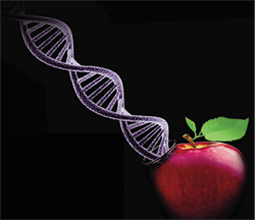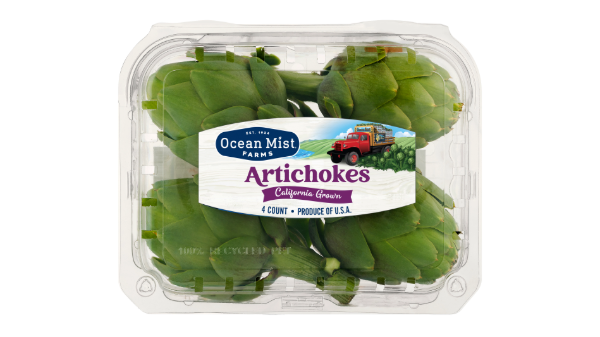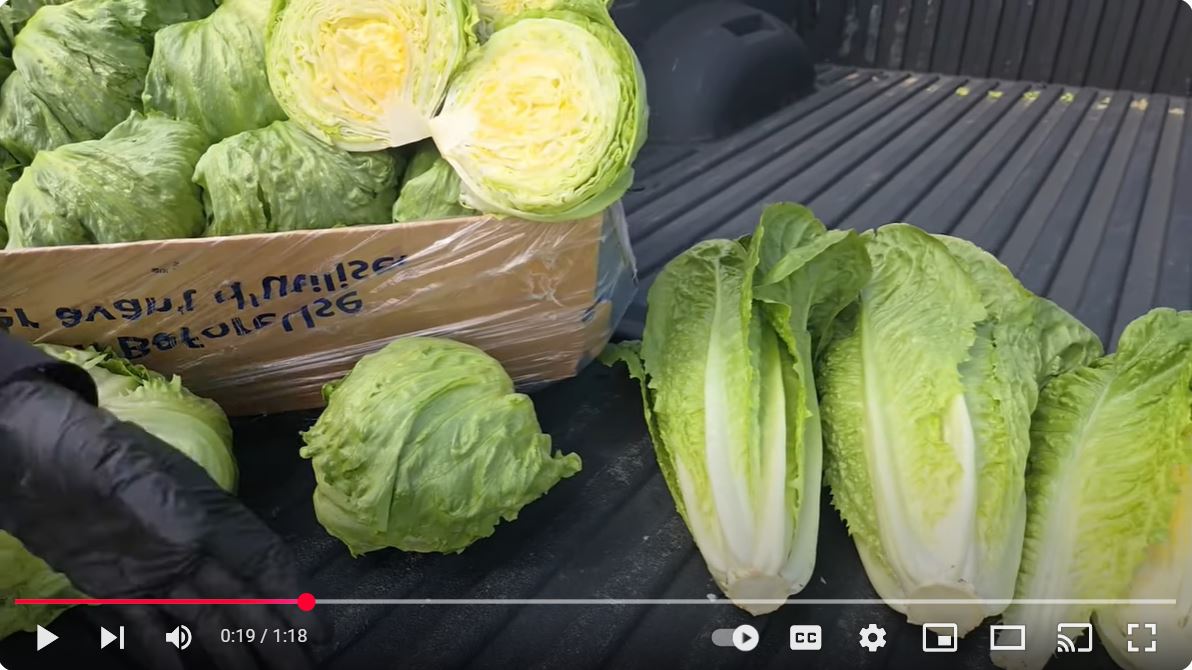Welcome to Blue Book!
Are you ready to join the thousands of companies who rely on Blue Book to drive smarter decisions? View our plans and get started today!
Still have questions? We’d love to show you what Blue Book can do for you. Drop us a line– we’ve been waiting for you.

Biotechnology—which includes both genetic engineering (GE) and genetically modified organisms (GMOs)—is a subject of continuous controversy in the popular media. Positioned as either a savior for an overpopulated, underfed world, or some agri-byproduct of Dr. Frankenstein’s lab, the mysterious and often complex science of biotechnology frequently gets lost in the hype and fear.
As such, it’s hard to get a clear understanding of what this science is all about, as well as the potential risks and benefits. This has become increasingly evident to many within the produce industry, prompting the United Fresh Produce Association to form a taskforce to gather information and determine policy. Further, vitriolic biotech foe Mark Lynas shocked the scientific community by reversing his stance to become a full-fledged advocate. “I discovered that one by one my cherished beliefs about GM,” the activist told farm conference attendees in Oxford, England, “turned out to be little more than green urban myths.”
In this article, we’ll attempt to explain the basics of biotech, and consider the pros and cons for produce professionals. First, a clarification of terms: according to the United Nations Convention on Biological Diversity, ‘biotechnology’ is a broad term which includes traditional crossbreeding techniques and is defined as “any technological application that uses biological systems, living organisms or derivatives thereof, to make or modify products or processes for specific use.” For our purposes here, we will be discussing agricultural biotechnology, specifically genetically modified seeds, plants, and foods.
The Basics
Simply put, genetic engineering (sometimes called ‘transfor-mation’) is the process of adding DNA to an organism, to create new traits. Every cell has DNA, which in turn is made up of genes, and the genes produce proteins which regulate ‘the work’ or reactions within the cells. Modifying genes in plants is nothing new; farmers and horticulturalists have been doing it for perhaps millennia by crossbreeding varieties. Genetic engineering is able to shorten the crossbreeding process, and can more accurately manage the gene transfer at the chromosomal level.
“In crossbreeding, you take pollen from one plant and fertilize another,” said Kent Bradford, professor and director at the Seed Biotechnology Center at University of California, Davis. “This way you get traits from two different varieties, and if you keep crossing back to the parent you like the best and recombining selections, in perhaps five or ten generations you get some of the traits you want. But it’s very difficult to avoid bringing over potential adverse traits or excluding other traits you may want to keep.”








